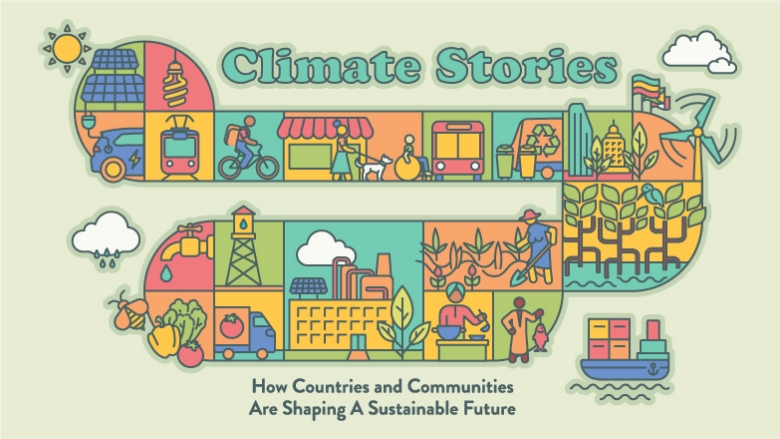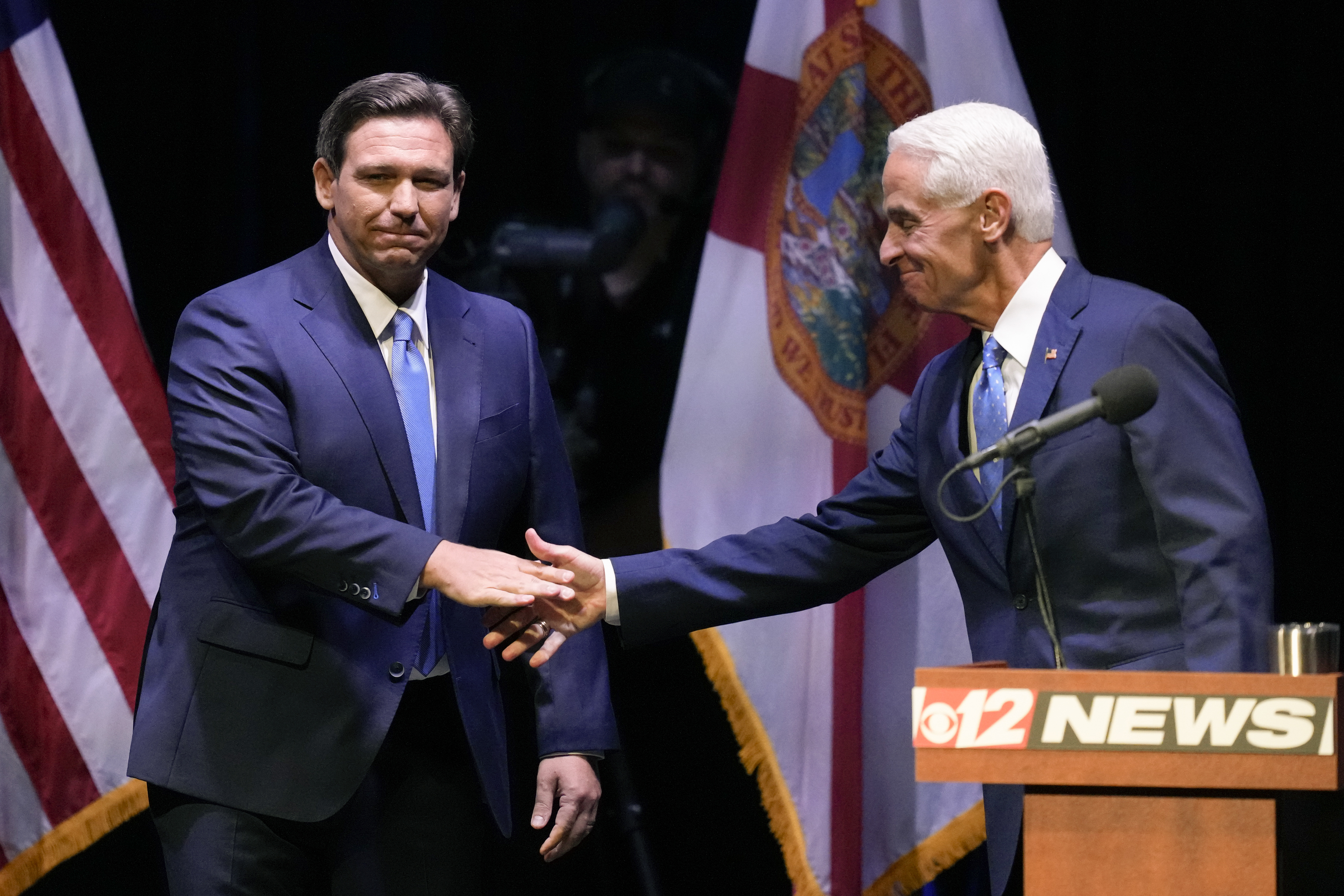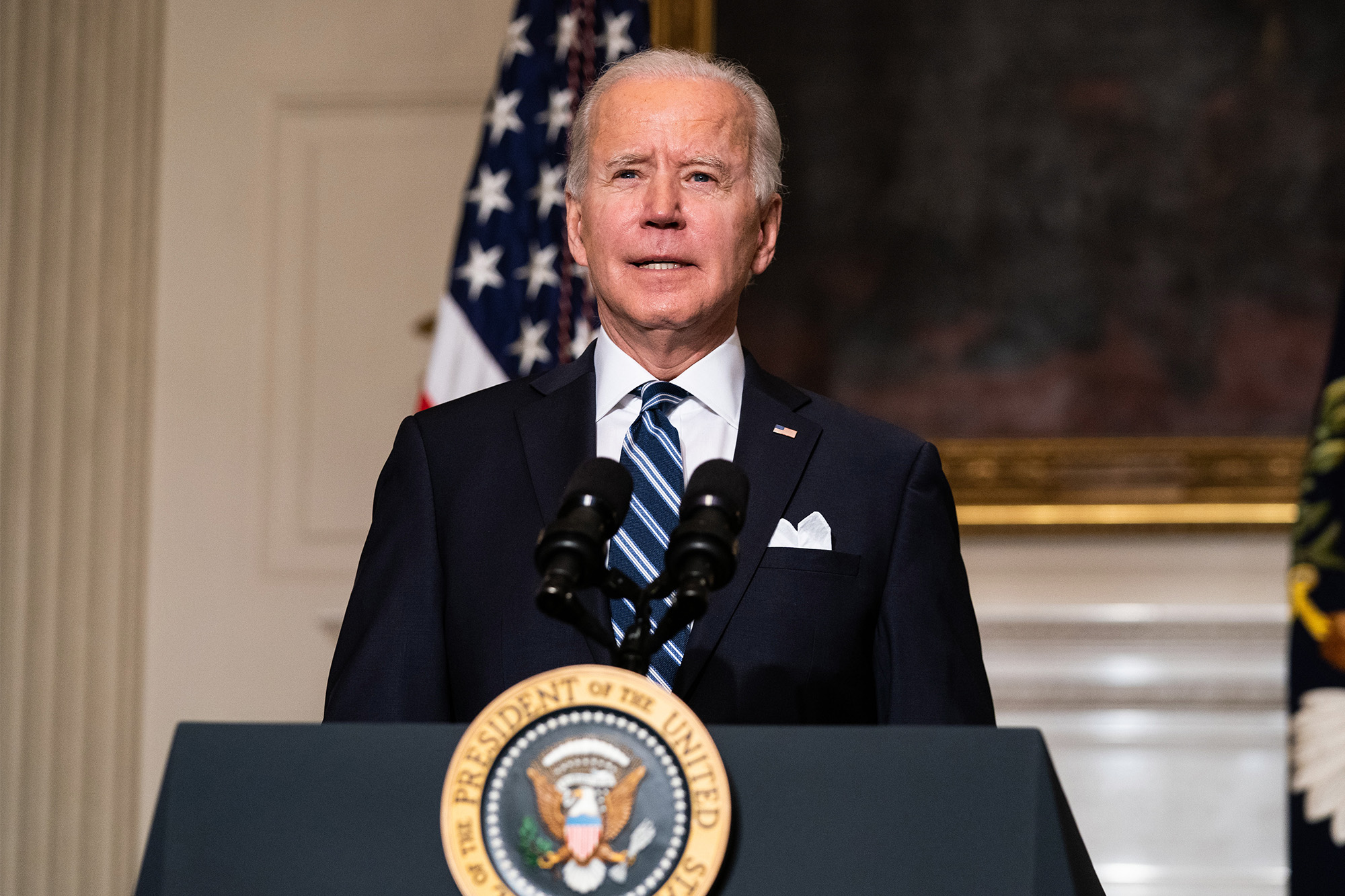This study provides insight into planning to increase market growth and efficiency and provides a comprehensive quantitative overview of the market.
Growing at an unprecedented CAGR during 2022-2028, the global Natural Language in Finance market is expected to reach million USD in 2028 compared to 2021.
Natural Language Processing for Financial Markets research report is divided into pages and this report contains key statistics, trends and competitive landscape details with exclusive data, insights, tables and figures.
The impact of Covid-19 on the market
The Covid-19 pandemic has severely affected the entire supply chain of the natural language processing market for financial markets. The shutdown of the manufacturing and end-use sectors has impacted the financial natural language processing market. The pandemic has affected the overall growth of the industry. In the year In 2020 and early 2021, the sudden outbreak of the Covid-19 pandemic disrupted the natural language import and export operations and financial processes by implementing strict lockdown laws in several countries.
Covid-19 can affect the global economy in three ways: by directly affecting production and demand, by disrupting supply chains and markets, and by creating a financial impact on trade and financial markets. Our analysts who follow the situation around the world say that the post-Covid-19 crisis presents a profitable opportunity for market makers. The report aims to provide a more comprehensive picture of the latest situation, the economic downturn and the impact of COVID-19 on the industry as a whole.
Natural Language Processing for Finance to Capture % of Global Natural Language Processing for Financial Markets by 2021 Due to Economic Shifts Due to Covid-19 and Russia-Ukraine War
An analysis of the impact of Covid-19 on the industry will be included in the final report.
To find out how the Covid-19 pandemic and the Russian-Ukrainian war will affect this market – ask for samples
The report covers key players operating in natural language processing for financial markets. In terms of market share, companies do not have a significant market share in the global financial natural language processing market as the market is highly competitive and fragmented.
Some of the famous companies in the world are:
● Bloomberg
● Yahoo
● Google Finance
● Bank of America
● ICD
● JP Morgan
● Ant swarm
Overview of Natural Language Processing for Financial Markets:
The global natural language processing for finance market is expected to grow at a significant rate during the forecast period between 2022 and 2028. In the year In 2020, the market is expected to grow steadily and with increasing strategies by major players. Beyond the forecast horizon.
This report focuses on the US global Natural Language Processing for Finance market and covers regional and county level segmentation data for other regions.
Due to the Covid-19 pandemic, the global natural language processing market was It is estimated to be valued at USD million by 2022 and a newly adjusted amount is expected to reach USD one million by 2028, exhibiting impressive CAGR during the health crisis. In the year In 2021, the Natural Language Processing for Finance market represents %, by type, the economic changes caused by the Natural Language Processing for Finance market will be worth million USD in 2028, with a CAGR % enhanced by COVID-19. The leading segment by application was Natural Language Processing for Finance, which accounted for more than % market share in 2021, growing at an average of % over the forecast period.
substantive argument
The global natural language processing for finance market is expected to grow from USD 1 million in 2022 to USD 1 million by 2028 and grow at a good CAGR during 2023 and 2028.
Get PDF Sample Report – https://www.360researchreports.com/enquiry/request-sample/17770871
Scope of report
The purpose of this report is to provide readers with an overview of global natural language processing for financial markets to develop business/growth strategies, assess the market’s competitive landscape, analyze their position in today’s market, and conduct quantitative and qualitative analyses. and implement data-driven management with natural language processing solutions for business finance.
Historical data and forecasts are provided for Financial Natural Language Processing market size, estimates, and forecasts in terms of production/supply (Thousands Units) and revenue (Million USD) from the base year 2017 to 2021. 2028. This report broadly segments the global natural language processing finance market. Regional market size is also provided by products by type, application and players. While evaluating the market size, the impact of COVID-19 and the war between Russia and Ukraine have been taken into consideration.
An in-depth understanding of the market, competitive landscape profiles, top competitors and their respective market niches are included in the report. The report discusses technology trends and new product developments.
This report will help manufacturers, new entrants and companies related to the Natural Language Processing industry chain to enter this market, providing revenue, production and average price data for the overall market and various sub-segments by company product type. , applications and regions.
Overview of major companies and market share
In this section, readers will get an overview of the main competitors. This report examines the innovation trends and key growth strategies adopted by these participants to maintain their presence, growth, product portfolio consolidation, mergers and acquisitions, collaborations, new product innovations and geographic expansion. In addition to business strategies, the study covers current trends and key financial indicators. Readers can access global manufacturer revenue, price, and sales data for the period 2017-2022. This comprehensive report helps clients stay informed and make effective business decisions.
Get a sample copy of the Natural Language Processing report for the 2022 Financial Markets Report.
Natural Language Processing Finance Market to 2022 segmented by product type and application, each segment is carefully scrutinized to explore the potential of the market. All segments are studied in detail based on market size, CAGR, share, consumption, revenue and other important factors.
Global Natural Language Processing for Financial Markets Revenue by Product Type:
● ● Sentiment analysis
● Name matching and KYC
● Do research on the provider.
● Document management
● Risk monitoring
● Credit rating
● Customer service
●
Global natural language processing for managing finance endpoints:
● Commercial banks
● Investment bank
● Property management company
● Private investors
Natural language processing for financial markets is categorized as follows.
● North America (USA, Canada and Mexico) ● Europe (Germany, England, France, Italy, Russia and Turkey, etc.) ● Asia Pacific (China, Japan, Korea, India, Australia, Indonesia, Thailand, Philippines), Malaysia and (Vietnam) ● South America (Brazil, Argentina, Colombia, etc.) ● Middle East and Africa (Saudi Arabia, United Arab Emirates, Egypt, Nigeria and South Africa)
This natural language processing for a financial market research/analysis report answers the following questions.
● What are the global trends in natural language processing for financial markets? Will the market see an increase or decrease in demand in the coming years? ● What is the expected financial demand for different natural language processing products? What are the applications and upcoming industry trends of natural language processing for financial markets? ● What are the Global Natural Language Processing Forecasts Based on Financial Sector Scope, Output and Output Value? What are the estimated costs and profits? What will happen to market share, supply and consumption? What about import and export? ● What strategic developments are driving the industry in the medium and long term? ● What affects the final cost of natural language processing for finance? What kind of raw material is used for natural language processing for financial products? ● What are the market opportunities for natural language processing for finance? How will the rise of natural language processing for mining finance affect the growth rate of the overall market? ● What is the global Natural Language Processing market size? What was the market price in 2020? ● Who are the main players in the financial market in natural language processing? Which company is your favorite? ● What current industry trends can be leveraged to generate additional revenue? ● What should be the natural language processing access strategies, economic impact mitigation and transaction methods for the financial sector?
Report the configuration
Our research analysts help you find customized data for your reports, which can be customized according to specific regions, applications or statistics. What’s more, we’re ready to triangulate your own data to complete your market research from your perspective.
For more information and inquiries before purchase visit https://www.360researchreports.com/enquiry/pre-order-enquiry/17770871.
Detailed content on the global natural language processing for financial market data and forecasts to 2028.
1 Natural language processing for financial markets – an overview
1.1 Product overview and scope of natural language processing for translation
1.2 Financial natural language processing class by type
1.3 Financial natural language processing with applications
1.4 Global market growth potential
1.4.1 Global Natural Language Processing for Financial Revenue Estimates and Forecasts (2017-2028)
1.4.2 Global Natural Language Processing for Finance Production Capacity Estimates and Projections (2017-2028)
1.4.3 Global Natural Language Processing for Financial Product Estimates and Projections (2017-2028)
1.5 Global Market Size by Region
1.5.1 Global Natural Language Processing for Finance Market Estimates and Forecasts by Region: 2017 VS 2021 VS 2028
1.5.2 North America Natural Language Processing for Financial Estimates and Projections (2017-2028)
1.5.3 European Natural Language Processing for Financial Estimates and Projections (2017-2028)
1.5.4 Chinese Natural Language Processing for Financial Estimates and Projections (2017-2028)
1.5.5 Japan Natural Language Processing for Financial Estimates and Projections (2017-2028)
2 Competition in the producer market
2.1 Global Natural Language Processing for Finance Market by Manufacturers (2017-2022)
2.2 Global Natural Language Processing for Financial Income Market by Manufacturers (2017-2022)
2.3 Natural Language Processing for Financial Market Share by Company Type (Level 1, Level 2 and Level 3)
2.4 Global Natural Language Processing for Financial Average Value by Manufacturers (2017-2022)
2.5 Natural language processing for financial services producers Production site, served area, product type
2.6 Natural language processing to determine competitive conditions and trends in the financial market
2.6.1 Natural language processing to estimate financial market density
2.6.2 Global Top 5 and Top 10 Natural Language Processing for Financial Players Revenue Market Share
2.6.3 Mergers and acquisitions, expansion
3 Production capacity by region
3.1 Global Natural Language Processing for Financial Productivity Market Share by Region (2017-2022)
3.2 Global Natural Language Processing for Finance Revenue Market Share by Region (2017-2022)
3.3 Global Natural Language Processing Financials Production Capacity, Revenue, Price and Gross Margin (2017-2022)
3.4 North American natural language processing for financial production
3.4.1 North America Natural Language Processing by Financial Production Growth Rate (2017-2022)
3.4.2 North America Financial Production Capacity, Revenue, Price and Gross Margin (2017-2022)
3.5 European natural language processing for financial production
3.5.1 Growth of Natural Language Processing for Financial Manufacturing in Europe (2017-2022)
3.5.2 Europe Natural Language Processing Finance Production Capacity, Revenue, Price and Gross Margin (2017-2022)
3.6 Chinese natural language processing for financial production
3.6.1 China’s Natural Language Processing to Financials Growth Rate (2017-2022)
3.6.2 Chinese Natural Language Processing Financials Production Capacity, Revenue, Price and Gross Margin (2017-2022)
3.7 Japanese natural language processing for financial production
3.7.1 Growth of Natural Language Processing for Financial Manufacturing in Japan (2017-2022)
3.7.2 Japan Natural Language Processing Financials Production Capacity, Revenue, Price and Gross Margin (2017-2022)
4 Global natural language processing for financial costs by region
4.1 Global natural language processing for costing by region
4.1.1 Global natural language processing cost by region
4.1.2 Global Natural Language Processing for Financial Consumption Market Share by Region
4.2 North America
4.2.1 North American natural language processing for money consumption by countries
4.2.2 US
4.2.3 Canada
4.3 Europe
4.3.1 European natural language processing for the use of financial services by countries
4.3.2 Germany
4.3.3 France
4.3.4 United Kingdom
4.3.5 Italy
4.3.6 Russia
4.4 Asia-Pacific
4.4.1 Asia Pacific Natural Language Processing Cost by Region
4.4.2 China
4.4.3 Japan
4.4.4 South Korea
4.4.5 China Taiwan
4.4.6 Southeast Asia
4.4.7 India
4.4.8 Australia
4.5 Latin America
4.5.1 Latin American natural language processing for financial costs by country
4.5.2 Mexico
4.5.3 Brazil
5 segments by type
5.1 Global Natural Language Processing for Financial Manufacturing Market Share by Type (2017-2022)
5.2 Global Natural Language Processing for Finance Revenue Market Share by Type (2017-2022)
5.3 Global Natural Language Processing Market Value by Type (2017-2022)
6 sections per application
6.1 Global Natural Language Processing for Financial Manufacturing Market Share by Application (2017-2022)
6.2 Global Natural Language Processing Revenue and Market Share by Application (2017-2022)
6.3 Global Natural Language Processing Revenue by Application (2017-2022)
7 notable companies by profile
7.1 Company
7.1.1 Natural language processing for financial company information
7.1.2 Natural language processing for a portfolio of financial products
7.1.3 Financial Production Capacity, Revenue, Price and Gross Margin of Natural Language Processing (2017-2022)
7.1.4 Main business and market served
7.1.5 Recent Developments/Updates
8 Natural Language Processing for Manufacturing Cost Analysis in Finance
8.1 Natural language processing for analysis of major financial products
8.1.1 Original Product
8.1.2 Main raw material supplier
8.2 Share of production cost structure
8.3 Business Process Analysis of Natural Language Processing for Finance
8.4 Natural language processing for financial industry chain analysis
9 Marketing channel, distributor and customer
9.1 Marketing Channel
9.2 Processing of natural language for the list of financial distributors
9.3 Processing of natural language for financial clients
10 Динамика рынка
10.1 Processing of natural language for trends in the financial industry
10.2 Processing of natural language for financial market mechanisms
10.3 Processing of natural language for financial market tasks
10.4 Processing of natural language for financial market restrictions
11 Forecast production and delivery
11.1 Projected world production of natural language processing for finance by regions (2023-2028)
11.2 North America Processing of natural language for financial production, revenue forecast (2023-2028)
11.3 Forecast income from natural language processing in Europe for financial production (2023-2028)
11.4 Прогноз доходов от финансового производства в Китае (2023-2028)
11.5 Япония Обработка естественного языка для финансового производства Прогноз доходов (2023-2028)
12 Прогноз потребления и спроса
12.1 Глобальная обработка естественного языка для прогнозируемого финансового анализа требований
12.2 Прогнозируемое потребление Обработка естественного языка для финансов в Северной Америке по странам
12.3 Прогнозируемое потребление Обработка естественного языка для финансов в Европе по странам
12,4 Asia Pacific Обработка естественного языка для финансового рынка Прогноз потребления по регионам
12.5 Латинская Америка Прогнозируемое потребление Обработка естественного языка для финансов по странам
13 Прогноз по типу и применению (2023-2028 гг.)
13.1 Прогноз мирового производства, доходов и цен по типам (2023-2028)
13.1.1 Глобальное прогнозируемое производство обработки естественного языка для финансов по типу (2023-2028)
13.1.2 Глобальный прогнозируемый доход от обработки естественного языка для финансов по типу (2023-2028)
13.1.3 Глобальная прогнозируемая цена обработки естественного языка в финансах по типу (2023-2028)
13.2 Глобальное прогнозируемое потребление Обработка естественного языка для финансов по приложениям (2023-2028)
13.2.1 Глобальное прогнозируемое производство обработки естественного языка для финансов по приложениям (2023-2028)
13.2.2 Глобальный прогнозируемый доход от обработки естественного языка для финансов по приложениям (2023-2028)
13.2.3 Глобальная прогнозируемая цена обработки естественного языка в финансах по приложениям (2023-2028)
14 Результаты исследования и выводы
15 Методология и источник данных
15.1 Методология/подход к исследованию
15.1.1 Программы исследований/проектирования
15.1.2 Оценка размера рынка
15.1.3 Структура рынка и триангуляция данных
15.2 Источник данных
15.2.1 Вторичные источники
15.2.2 Первичные источники
15.3 Список авторов
15.4 Отказ от ответственности
Приобрести этот отчет (Цена 3900 долларов США за однопользовательскую лицензию) – https://www.360researchreports.com/purchase/17770871
О нас:
360 Research Reports — это надежный источник отчетов о рынке, которые дадут вам преимущества, необходимые вашему бизнесу. Наша цель в 360 Research Reports — предоставить платформу для многих компаний, занимающихся исследованиями рынка, для публикации своих отчетов об исследованиях и помочь лицам, принимающим решения, найти наиболее подходящие решения для исследования рынка под одной крышей. Наша цель – предложить наилучшее решение, точно отвечающее требованиям заказчика. Это побуждает нас предоставлять вам специальные или синдицированные исследовательские отчеты.
Свяжитесь с нами:
Интернет: https://360researchreports.com/
Электронная почта: [email protected]
Организация: 360 исследовательских отчетов
Телефон: +44 20 3239 8187/ +14242530807
Другие наши истории:
Рынок плечевых компрессионных пластин: региональный прогноз и перспективы, прогнозируемый быстрый рост и тенденции к 2022-2028 гг.
Рынок хлоропренового каучука: анализ отчетов об исследованиях по конкурентам, выручке, выручке и размеру отрасли с 2022 по 2028 год.
Рынок эмульсий ПВА 2022: будущие возможности, анализ роста бизнеса по ключевым странам и данные игроков отрасли до 2028 года
Пресс-релиз, опубликованный The Express Wire
Чтобы просмотреть исходный выпуск на The Express Wire, посетите страницу Обработка естественного языка для финансового рынка 2022: анализ тенденций, конкурентные перспективы ключевых игроков отрасли и будущее расширение к 2028 году.
COMTEX_418065423/2598/2022-11-03T22:02:09
Есть ли проблема с этим пресс-релизом? Свяжитесь с поставщиком исходного кода Comtex по адресу [email protected]. Вы также можете связаться со службой поддержки клиентов MarketWatch через наш Центр обслуживания клиентов.















